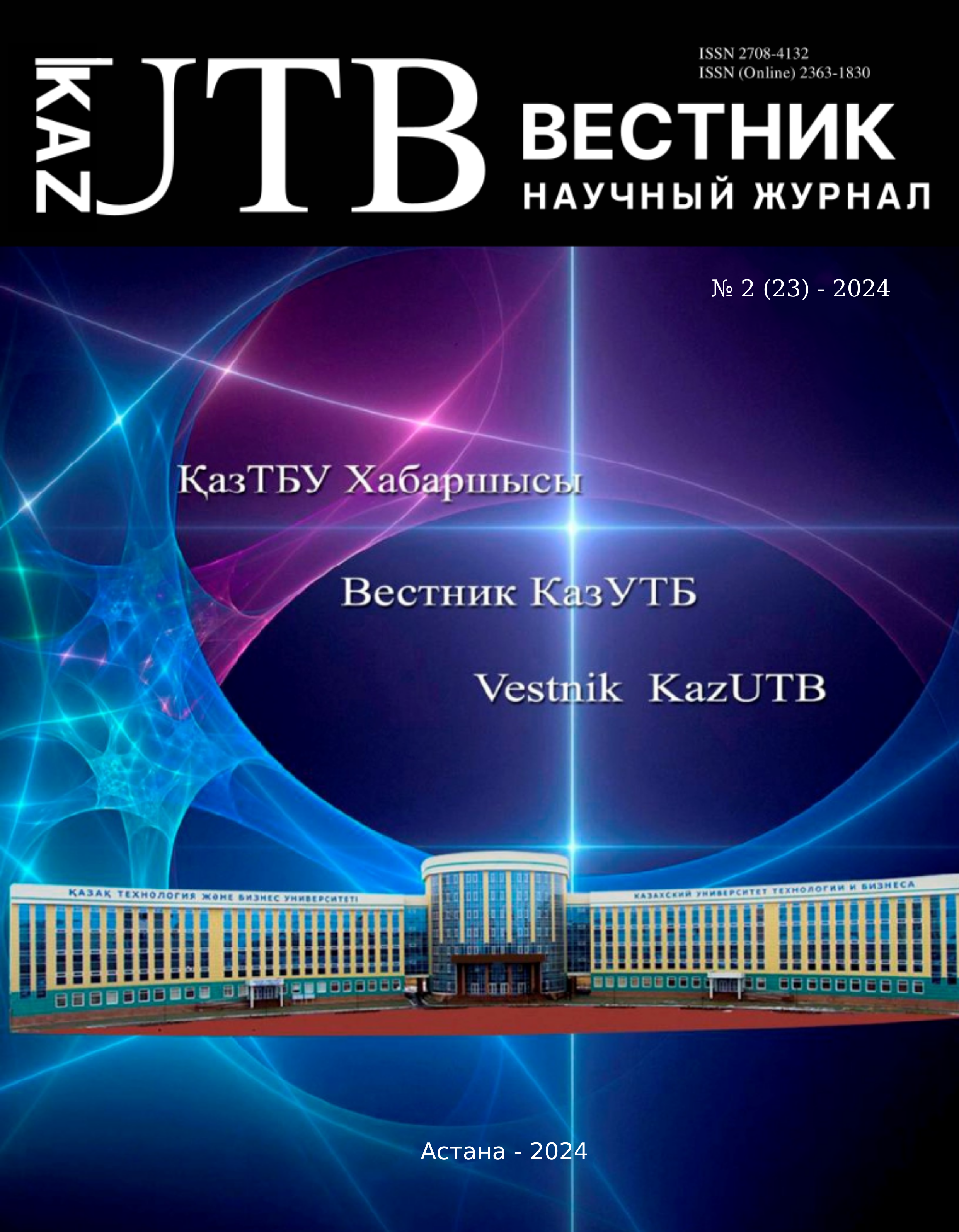Меню


Information and communication and chemical technologies
No. 2 (23) - 2024 / 2024-06-30 / Number of views: 170
OPTIMIZATION OF THE OPERATION OF AN ISOMERIZATION INSTALLATION FOR LIGHT PETROL FRACTIONS
Authors
Keywords
isomerization process, catalyst, fraction, isomerate, chromatographic study, motor gasoline, isomerization unit
Link to DOI:
How to quote
N.U., N. N., D. . Amankeldin, E. . Zhunussova, K. Omarov, A. . Zhumabekova, S. Ussenkulova, and O. . Orynbassar. “OPTIMIZATION OF THE OPERATION OF AN ISOMERIZATION INSTALLATION FOR LIGHT PETROL FRACTIONS”. Vestnik KazUTB, vol. 2, no. 23, June 2024, doi:10.58805/kazutb.v.2.23-260.
Abstract
The interest in this process lies in the fact that it has great value since low-octane components are used as raw materials - the n fraction. temperature – 62°С and catalytic reforming raffinates. This raw material contains mainly pentane and hexane fractions. This raw material, as well as fractions С5 and С6 obtained from a gas fractionation unit (GFU), and a central gas fractionation unit (CGFU), are isomerized in a hydrogen environment in the presence of a catalyst. Hydrocarbons with a relatively high octane number are obtained. When isomerizing the pentane fraction, a product with a higher octane number is obtained. Isomerization of n-pentane is of interest not only for the oil refining industry, but also for the petrochemical industry, since isopentane can be converted by dehydrogenation into isoprene, a raw material for rubber. The article conducted a study on the selection of the optimal catalyst for the light gasoline fraction isomerization unit located at the Atyrau Oil Refinery. The catalytic activity of the catalyst samples was assessed in a laboratory flow-type installation. Determination of the mass fraction of С2-С5 hydrocarbons in С5 hydrocarbon fractions (in raw materials and catalyst) was carried out by a method based on the separation of mixture components by gas-liquid chromatography. The components leaving the chromatographic column were detected using a thermal conductivity detector. The calculation of the mass fractions of components was carried out using the normalization method, taking into account correction factors. The minimum concentration of C2-С5 hydrocarbons, determined by the method used, is 0.01-0.05% wt.



